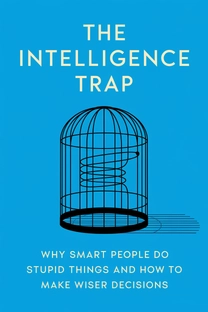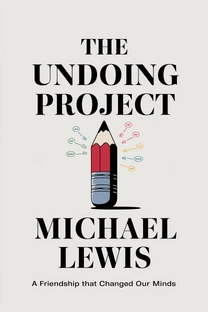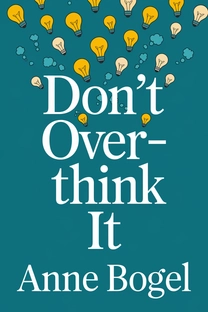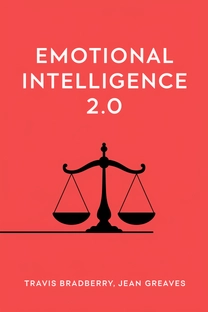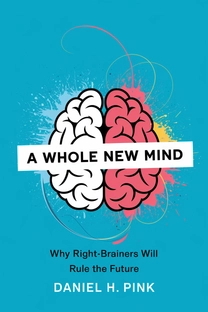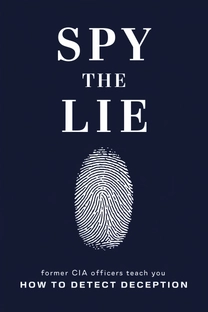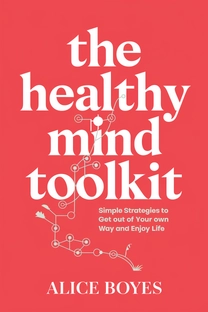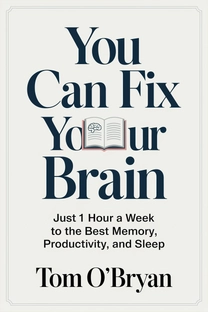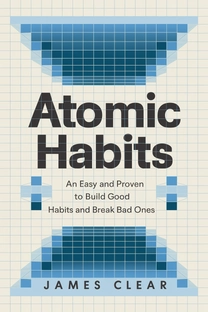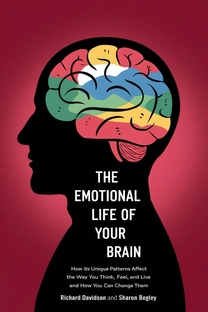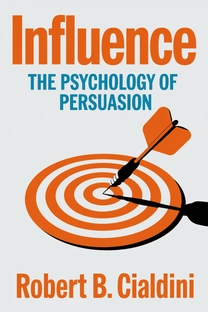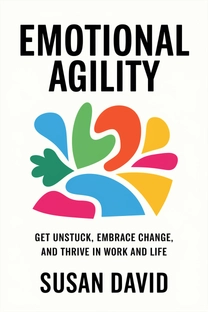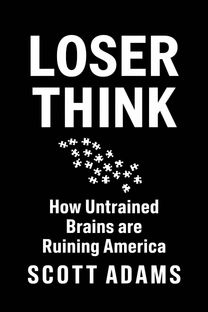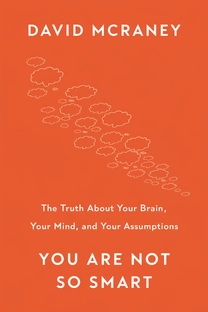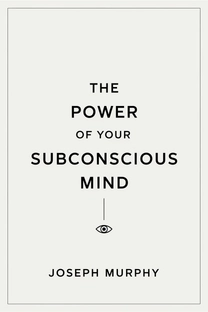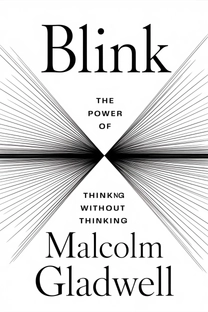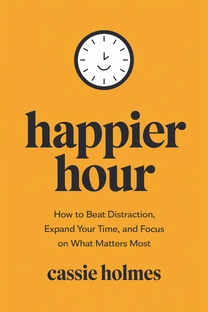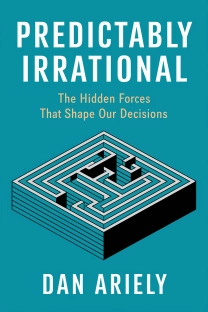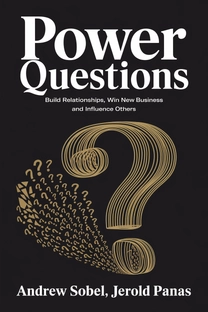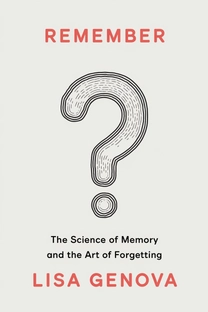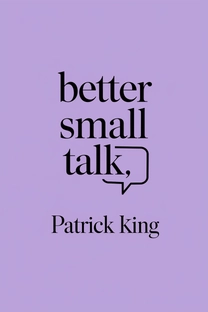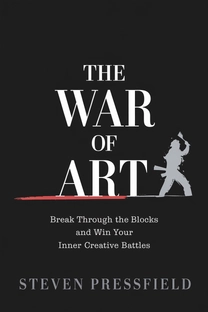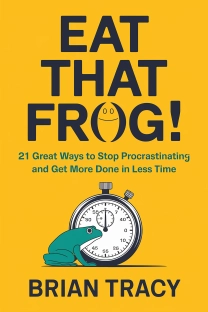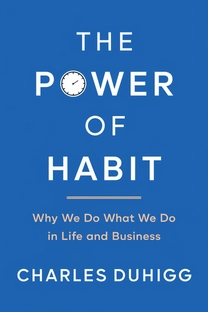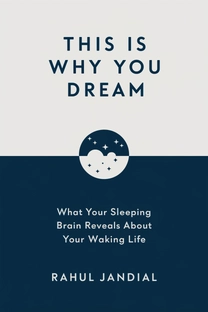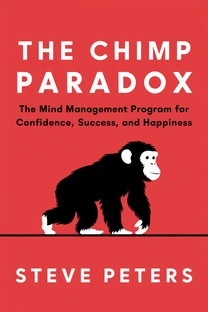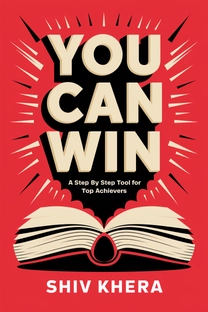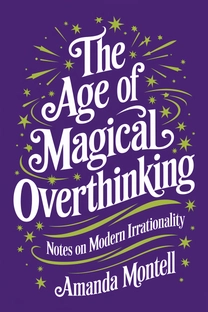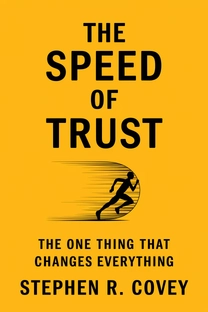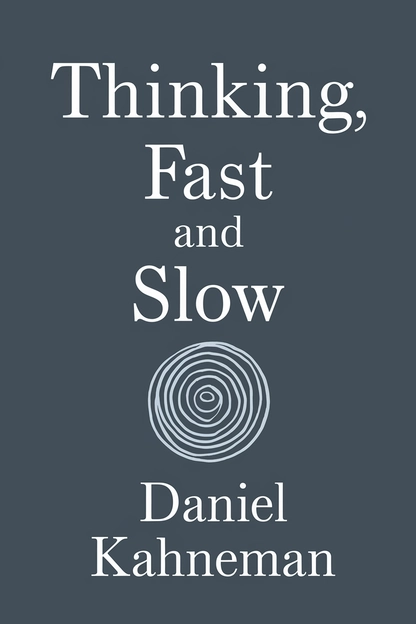
Thinking, Fast and Slow
by Daniel Kahneman
Brief overview
This book explores why our minds sometimes lead us astray when we make decisions or form judgments. It introduces two modes of thinking—one fast and intuitive, the other slow and deliberate—and shows how recognizing their differences helps us understand and improve our choices. By examining common biases, it offers practical advice on how to guard against errors and make better decisions.
Introduction to Fast and Slow Thinking
Our minds operate in two distinct modes. One is quick and intuitive, jumping to conclusions with minimal effort. The other is more methodical and requires conscious attention. This book illustrates how these two modes affect everyday decisions: from purchasing a new gadget to planning a major life change.
The fast mode is automatic, fueled by impressions and instincts. It makes sense of situations in a flash, often without our awareness, letting us react quickly. The slow mode steps in when deeper analysis is required, guiding us through challenging puzzles, complex calculations, or weighty dilemmas.
At first, this might seem straightforward: move fast in simple tasks, slow for tough ones. But the picture gets complicated because the fast mode can hijack decisions that actually need more caution. We’ll see how this dynamic unfolds in our perceptions, our judgments, and how we interpret risk.
The Pull of Automatic Thinking
Our automatic thinking, though useful, can lead us astray. It tends to rely on shortcuts or heuristics—quick strategies for interpreting the world. These shortcuts work splendidly in many daily situations, giving us confidence in our snap judgments.
Yet these same shortcuts can produce errors. For example, when faced with many choices, our mind might latch onto something easy—like a noticeable price tag or eye-catching design—instead of rationally weighing options. We often overlook evidence that doesn’t come effortlessly to mind.
We’ll explore why simple cues can influence large-scale decisions. Even something as trivial as the attractiveness of a document’s font can affect how credible we find its content. Once we see how bias creeps in, we can spot early signs and pause to reassess.
What is Thinking, Fast and Slow about?
Thinking, Fast and Slow by Daniel Kahneman shows how we use two distinct modes of thought—an intuitive, rapid-fire system and a more analytical, reflective one—to make sense of our surroundings. Drawing on behavioral economics and psychology, the book explains why we often fall into predictable cognitive traps, revealing how our snap judgments lead us astray.
By spotlighting real-life examples of shortcuts and biases, Kahneman demonstrates how seemingly small shifts in thinking can have a big impact on our decisions. His clear, research-backed explanations help readers become more aware of the hidden patterns guiding their choices, making this book indispensable for anyone eager to improve their personal and professional judgment.
Review of Thinking, Fast and Slow
One of its greatest strengths is how the author translates decades of scientific research into practical advice. By unpacking biases like anchoring, confirmation bias, and availability, Kahneman offers specific strategies to counter impulsive or incorrect conclusions. Readers find clear, relatable scenarios, which makes translating these concepts into daily life simpler.
The writing is authoritative yet welcoming, blending technical depth with an easy-to-follow tone that appeals to a wide audience. Kahneman’s narrative highlights why thoughtful decision-making matters in business, medicine, financial planning, and our personal relationships. This focus on real-world relevance ensures lessons don’t just stay theoretical. I recommend the book to anyone seeking a smarter approach to understanding their own thinking—and the forces that shape it.
Who should read Thinking, Fast and Slow?
- Professionals who want to reduce errors in high-stakes business or finance decisions
- Students and educators interested in the science of thinking and human behavior
- Health practitioners aiming to improve patient care through clearer reasoning
- Leaders and team managers eager to foster better judgment and collaboration
- Individuals curious about why they make certain choices and how to refine them
About the author
Book summaries like Thinking, Fast and Slow
Why readers love Mindleap
10-Minute Book Insights
Get the core ideas from the world's best books in just 10 minutes of reading or listening.
Curated For You
Discover your next favorite book with personalized recommendations based on your interests.
AI Book ExpertNew
Chat with our AI to help find the best book for you and your goals.
Reviews of MindLeap
Love how I can get the key ideas from books in just 15 minutes! Perfect for my busy schedule and helps me decide which books to read in full.
Alex R.
The summaries are incredibly well-written and the audio feature is perfect for my commute. Such a time-saver!
Jessica M.
Great app for personal growth. The insights are clear and actionable, and I love how they capture the essence of each book.
Chris P.
The app is beautifully designed and the summaries are top-notch. Definitely worth every penny!
Sarah K.


